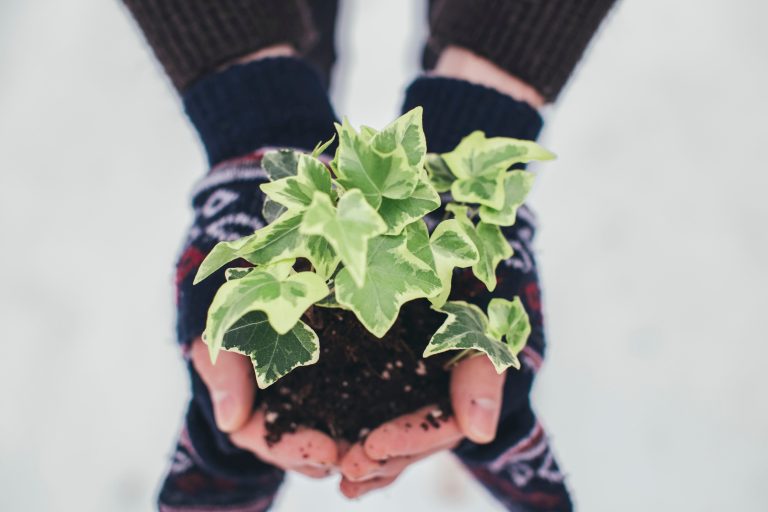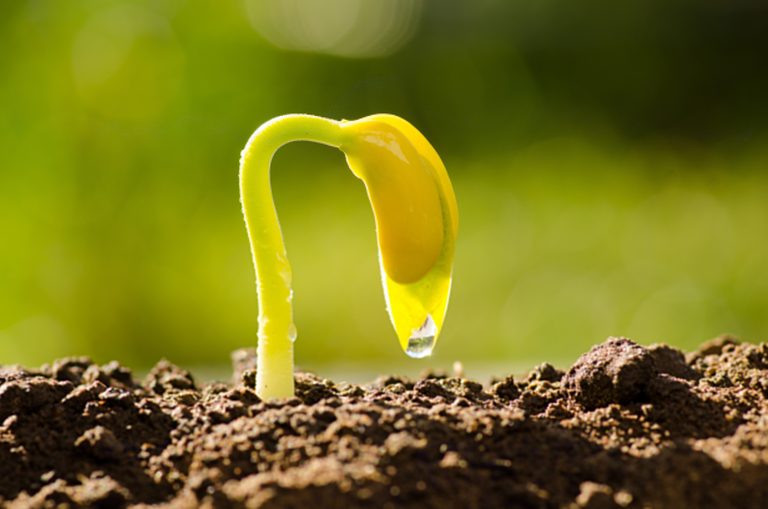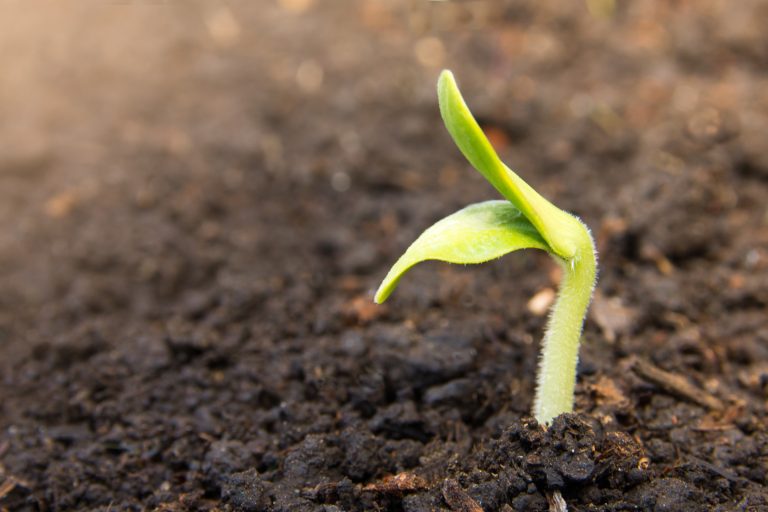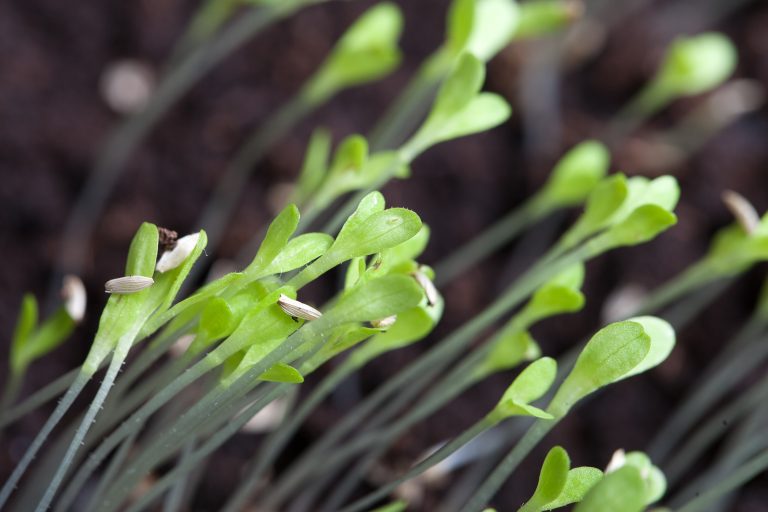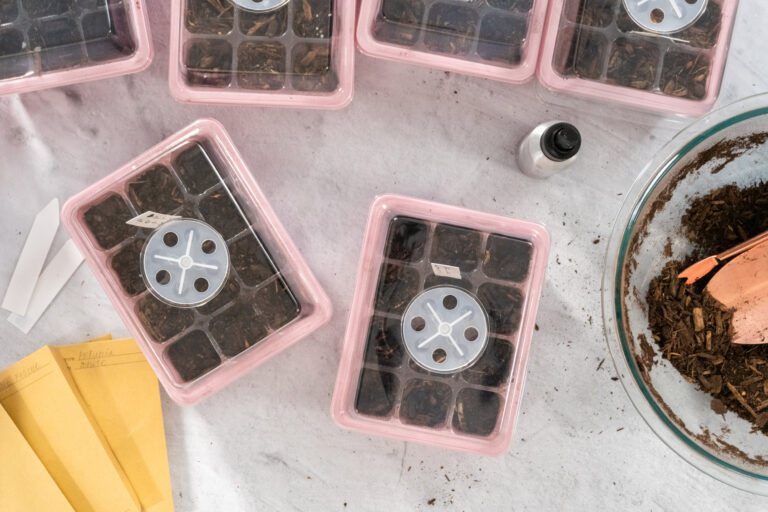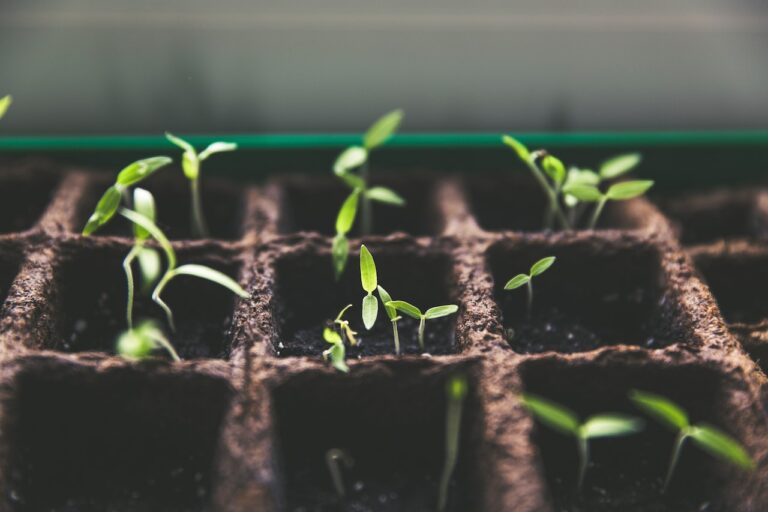For the next few weeks, I’ll be focusing on the topic of seed starting. I’ll be providing you with budget-friendly tips, hints, and strategies to get you started this gardening season without breaking the bank. This week, let’s talk about inventory and seed starting supplies. Inventory Every year, I have a mini panic about…
seed starting
Seed Starting on a Budget Series: DIY Containers
No rule says that seed starting requires fancy flats or trays. For the frugal gardener, spending money on pots and containers is a definite no-no. The smallest portion of your gardening budget should be allotted to containers. Why? Because they’re so easy to find for free or cheap! Including plenty of DIY options to…
Seed Starting on a Budget Series: Get Your Timing Right
When January rolls around, the seed catalogs start to arrive in the mailbox. Then, as soon as February hits, I get a constant flood of seed starting photos popping up on my Instagram feed. It gets me excited for the gardening year ahead, but I’ve also learned to slow my roll. Just because someone…
Seed Starting on a Budget Series: Indoors vs. Outdoors
I recently polled my social media followers to find out what kinds of questions they had about seed starting, and a common source of confusion is figuring out which seeds need to be started indoors. You don’t need to dig out all your seeds and start everything indoors before the last frost date. Why Not…
Seed Starting on a Budget Series: The Importance of Labeling
It’s almost time for me to start my very first seedlings of the season. I’ve been busy gathering supplies, cleaning out my grow room, and sanitizing trays that I plan to re-use. I’ve been organizing my seed packets, and I’m thoroughly excited to try a few new varieties this year. I’m also shifting my…
Seed Starting on a Budget Series: The Importance of Biding Your Time
My first serious foray into indoor seed starting began with a bang. My husband helped me set up a makeshift grow shelf, and I purchased soil mixes, trays, and pots. I was so ready to get started that I assumed it would be better to get things going sooner rather than later. I quickly…
Seed Starting on a Budget Series: Germination
Germination is the process by which a plant sprouts from its seed. Because it mostly happens underground, it’s such a mysterious and almost magical occurrence. One day, you’re popping seeds into a moist soil mix, and the next, you’ve got bright green seedlings popping up. It’s a simple yet incredible feat of Mother Nature…
Seed Starting on a Budget Series: Choosing What to Grow
Browsing a seed catalog or shopping at a local plant nursery can be overwhelming. Especially for a new gardener! I still have a tough time making selections. With so many choices, it’s hard not to go overboard. When I’m purchasing seeds, I try to consider my space and needs so I can maximize returns. I…
Cheap and Economical Humidity Dome Alternatives
If you grow your plants from seeds then you probably know what a humidity dome is. (If not, don’t worry, we’ll go over it briefly below.) Just like with all of your other gardening supplies, you can buy humidity domes from a variety of different sources. However, you can also DIY them. Here are some…
Starting Seeds Inside: The Basic Guide
This is the time of year my family would begin starting seeds inside. The first week of February was about dreaming of summer by fixing the soil in seedling trays. The next several weeks brought tiny little plants that always fascinated me. This post will teach you the basics of seed starting and give…


